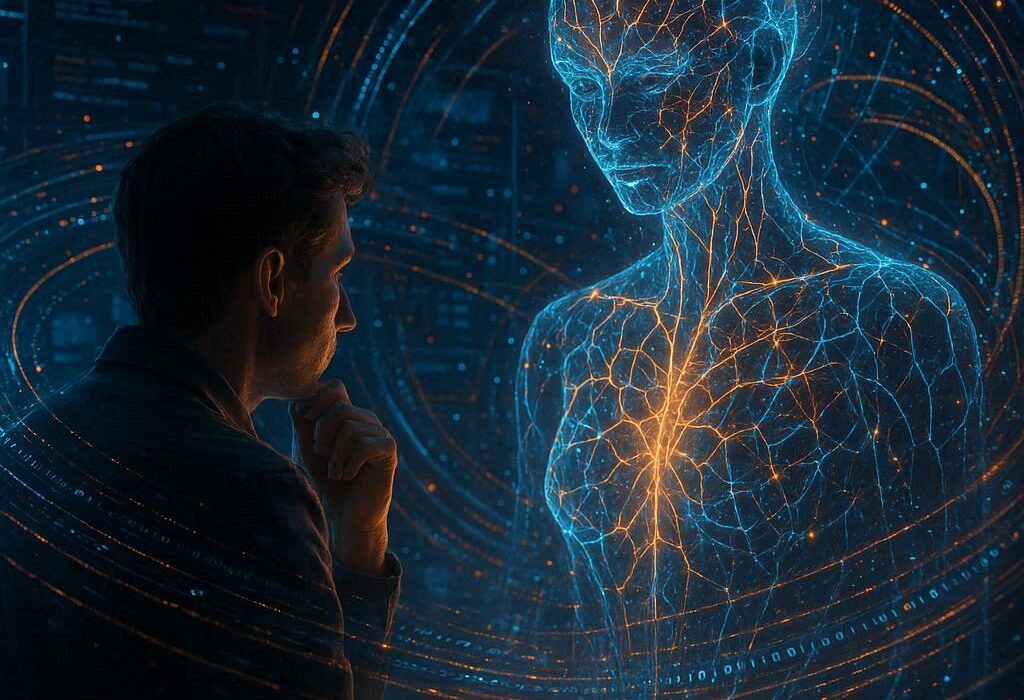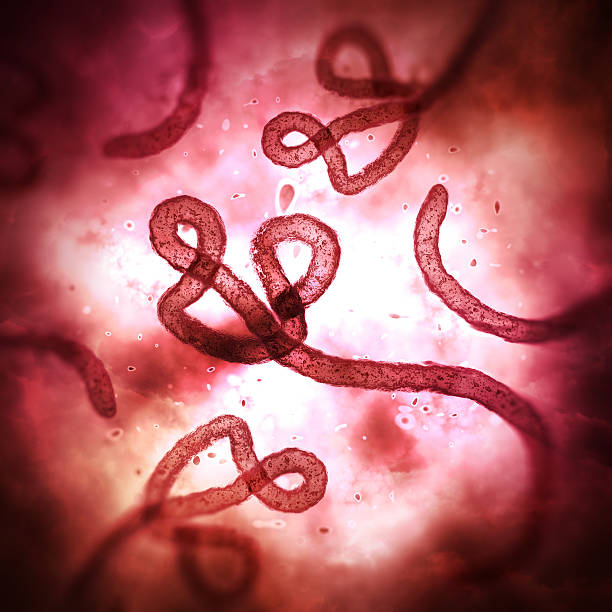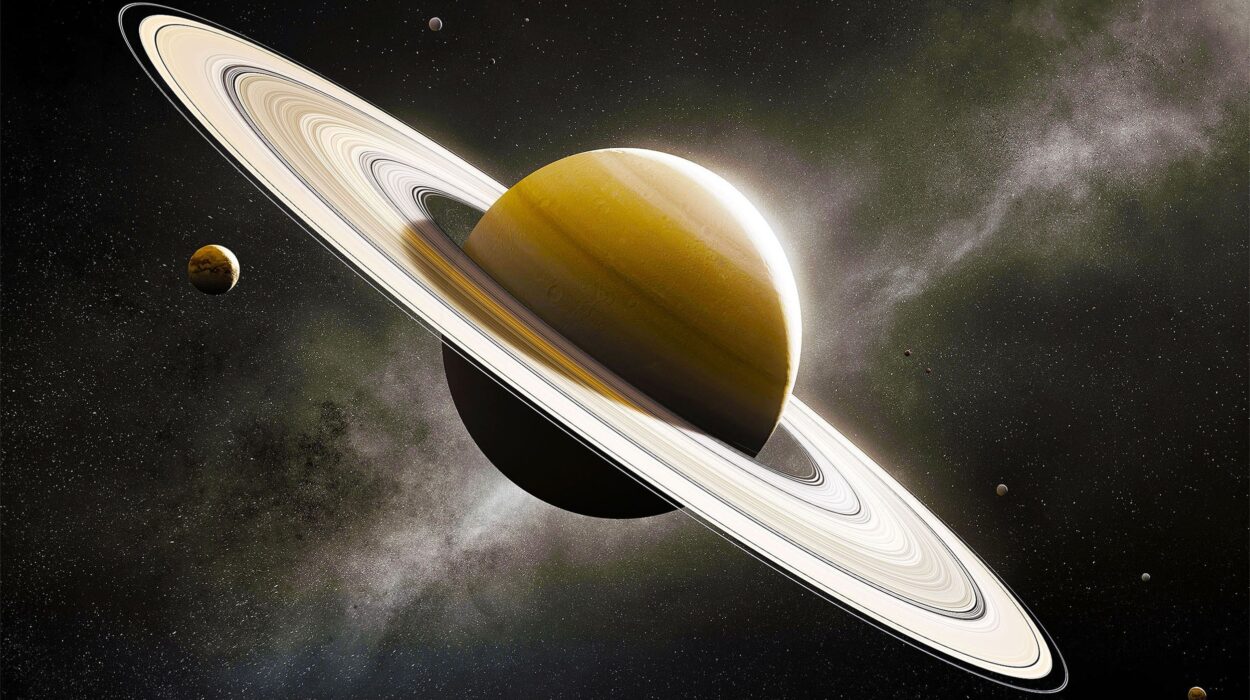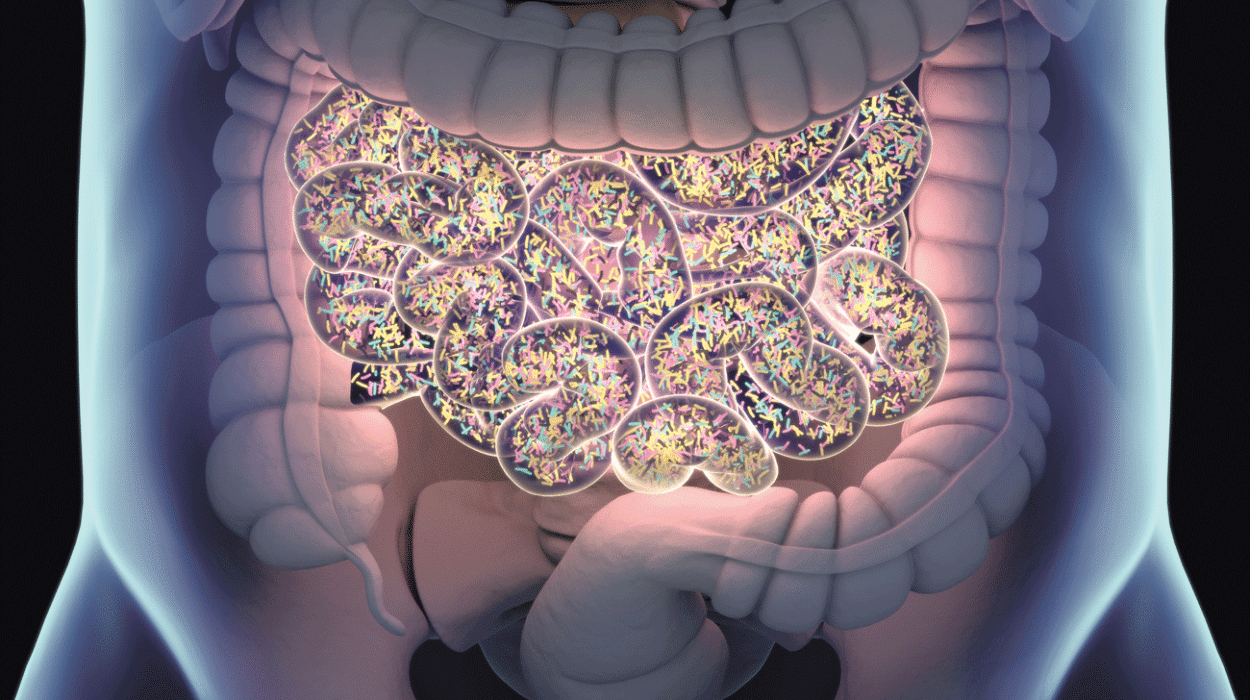Few inventions in human history have saved as many lives as vaccines. They are silent protectors, invisible shields that guard humanity from devastating diseases. Vaccines do not just heal the sick; they prevent sickness in the first place, protecting entire populations and future generations. In the story of science, vaccines are one of the brightest chapters, embodying human creativity, resilience, and compassion.
Throughout history, infectious diseases have wiped out millions—sometimes even reshaping the course of civilizations. Smallpox ravaged empires. Polio paralyzed children. Influenza spread fear across continents. But through the courage of scientists, doctors, and communities, vaccines emerged as one of the most powerful tools to fight back.
This article explores the ten greatest vaccines that saved humanity. Each of these vaccines changed the world—reducing suffering, eradicating diseases, and reminding us of the extraordinary power of science.
1. Smallpox Vaccine
If there is one vaccine that deserves the title of humanity’s greatest savior, it is the smallpox vaccine. Smallpox was one of the deadliest diseases ever known. Caused by the variola virus, it killed about 30% of those infected and left many survivors scarred or blinded. For centuries, it terrorized humanity, sparing no age, culture, or continent.
The breakthrough came in 1796, when Edward Jenner, an English physician, noticed that milkmaids who had contracted cowpox did not get smallpox. He hypothesized that exposure to cowpox, a milder disease, provided protection against smallpox. Jenner tested this by inoculating a young boy with cowpox material and later exposing him to smallpox—the boy did not get sick. This was the birth of the first vaccine.
The impact of the smallpox vaccine was monumental. Over the next two centuries, vaccination campaigns spread across the globe. In 1980, after a worldwide effort led by the World Health Organization (WHO), smallpox was declared eradicated—the only human disease completely eliminated to date.
The smallpox vaccine is more than a medical triumph; it is a symbol of human determination. It proves that when humanity unites, even the deadliest scourges can be defeated.
2. Polio Vaccine
Polio was once one of the most feared diseases in the world. Caused by the poliovirus, it attacks the nervous system and can cause paralysis, especially in children. In the early 20th century, polio outbreaks swept through cities, leaving thousands of children unable to walk or breathe without the help of iron lungs. Parents lived in constant fear, as no one knew who would be struck next.
The fight against polio changed dramatically with the development of two vaccines. In 1955, Jonas Salk introduced the first polio vaccine, an inactivated version of the virus. Later, Albert Sabin developed the oral polio vaccine (OPV) in the 1960s, which was easier to administer and quickly became widespread.
These vaccines reduced polio cases from hundreds of thousands each year to only a few dozen today. Polio has been eradicated from most of the world, though pockets remain in a few countries. The Global Polio Eradication Initiative continues to push for complete elimination.
The polio vaccine is a testament to science’s ability not only to save lives but also to restore hope. It transformed a paralyzing fear into the promise of a polio-free world.
3. Measles Vaccine
Measles is one of the most contagious diseases ever known. Caused by the measles virus, it spreads rapidly through coughing and sneezing. Before vaccines, measles killed millions of children every year and caused serious complications such as pneumonia, blindness, and brain damage.
In 1963, the first measles vaccine was licensed, and later improvements made it even more effective. Today, the measles vaccine is usually given as part of the MMR (measles, mumps, rubella) combination.
The results have been astonishing. Since widespread vaccination began, global measles deaths have fallen by over 80%. In countries with strong immunization programs, measles has been virtually eliminated. However, in areas where vaccination rates have dropped, outbreaks remind us of the danger of complacency.
The measles vaccine is a shining example of prevention. It shows how science can turn one of the deadliest childhood diseases into something that entire generations no longer fear.
4. Tetanus Vaccine
Tetanus is a terrifying disease caused by the bacterium Clostridium tetani, which enters the body through wounds. The bacteria release a toxin that causes severe muscle spasms, often leading to death. Before vaccines, tetanus was especially dangerous for mothers and newborns during childbirth in unsanitary conditions.
The tetanus vaccine, developed in the 1920s and 1930s, changed everything. Combined with diphtheria and pertussis vaccines in the DTP shot, it became a cornerstone of childhood immunization. For pregnant women, tetanus vaccination prevents neonatal tetanus, saving millions of newborns’ lives.
Today, tetanus cases have been drastically reduced, though it still poses risks in regions with limited access to healthcare. The vaccine remains one of the simplest, most effective tools for saving lives.
Tetanus vaccination is a quiet hero in global health—a reminder that not all saviors are visible, but their impact is immense.
5. Diphtheria Vaccine
Once a leading cause of childhood death, diphtheria is a bacterial infection that produces toxins leading to throat swelling, breathing difficulties, heart damage, and paralysis. In the early 20th century, diphtheria was so feared it was called “the strangling angel.”
The first diphtheria vaccine was developed in the 1920s using inactivated toxins, known as a toxoid vaccine. Widespread immunization quickly turned diphtheria from a common killer into a rare disease in developed countries.
The success of the diphtheria vaccine demonstrates how science can transform public health. What was once a dreaded disease is now largely forgotten in much of the world, thanks to vaccination.
6. Hepatitis B Vaccine
Hepatitis B is a viral infection that attacks the liver, causing both acute illness and chronic disease. Over time, it can lead to cirrhosis, liver failure, and liver cancer. Before the vaccine, millions were infected each year, and it remains a serious global health issue.
The first hepatitis B vaccine was developed in the early 1980s. Remarkably, it was the first vaccine produced using genetic engineering, marking a new era of biotechnology. Instead of using live or killed viruses, scientists inserted a segment of the hepatitis B virus into yeast cells, which then produced a harmless viral protein that could stimulate immunity.
This innovation not only saved millions of lives but also paved the way for modern vaccine technology. Today, hepatitis B vaccination is part of routine childhood immunization worldwide, dramatically reducing liver cancer rates in some countries.
The hepatitis B vaccine is not just a medical breakthrough—it is a triumph of biotechnology and a promise of protection for future generations.
7. Influenza Vaccine
Influenza, or the flu, is far more dangerous than many realize. Seasonal flu kills hundreds of thousands of people worldwide every year. But the most frightening example came in 1918, when the Spanish flu pandemic killed an estimated 50 million people—more than World War I.
The influenza vaccine, first developed in the 1940s, has saved countless lives since. However, influenza viruses mutate rapidly, so the vaccine must be updated annually to match the circulating strains. While not perfect, flu vaccines significantly reduce hospitalizations and deaths.
Beyond seasonal flu, influenza vaccines are our first defense against pandemics. During outbreaks like H1N1 in 2009 or avian flu scares, vaccines are critical tools in preventing catastrophe.
The influenza vaccine is humanity’s shield against one of nature’s most adaptable killers—a reminder of science’s constant battle with evolution.
8. Human Papillomavirus (HPV) Vaccine
Some vaccines protect against cancer, and the HPV vaccine is one of the most remarkable examples. Human papillomavirus (HPV) is the most common sexually transmitted infection in the world. While many infections cause no symptoms, some strains of HPV cause cervical cancer, throat cancer, and other malignancies.
The HPV vaccine, introduced in 2006, prevents infection by the most dangerous HPV strains. It is one of the first vaccines designed explicitly to prevent cancer.
The impact has been transformative. In countries with widespread vaccination, rates of HPV infection and cervical cancer precursors have plummeted. As vaccination expands, the HPV vaccine has the potential to virtually eliminate cervical cancer worldwide.
This vaccine is a revolutionary achievement—not only preventing disease but also giving humanity the power to prevent one of the most common forms of cancer.
9. Rotavirus Vaccine
Rotavirus is a leading cause of severe diarrhea in infants and young children. Before vaccines, rotavirus infections killed hundreds of thousands of children every year, especially in developing countries where access to medical care was limited.
The rotavirus vaccine, introduced in the early 2000s, dramatically reduced hospitalizations and deaths from diarrheal disease. It is now part of routine childhood immunization programs in many countries.
Though it may not receive as much attention as smallpox or polio, the rotavirus vaccine has quietly saved millions of lives—especially among the world’s most vulnerable children.
10. COVID-19 Vaccines
No discussion of vaccines can ignore the historic events of the 21st century. The COVID-19 pandemic, caused by the SARS-CoV-2 virus, brought the world to a standstill. By early 2020, hospitals were overwhelmed, economies collapsed, and millions died. Humanity faced one of its greatest modern challenges.
Then, in an unprecedented scientific achievement, multiple COVID-19 vaccines were developed and authorized within a year. Using groundbreaking technologies like mRNA vaccines (Pfizer-BioNTech and Moderna), scientists created a new generation of vaccines that were safe, effective, and adaptable.
The global vaccination campaign saved millions of lives and provided a pathway out of the pandemic. While challenges remain—such as variants, vaccine distribution, and hesitancy—the COVID-19 vaccines represent one of the fastest, most impactful scientific responses in history.
They are a testament not only to science but also to global cooperation, showing what humanity can achieve when united against a common threat.
Conclusion
The story of vaccines is a story of survival, progress, and hope. From smallpox to COVID-19, vaccines have saved countless lives, changed the course of history, and reminded us of our shared responsibility to protect one another.
Each of these ten vaccines stands as a triumph of science and humanity. They prove that even against the deadliest diseases, we are not powerless. Vaccines are not just medical tools; they are symbols of human resilience, compassion, and the extraordinary potential of discovery.
As we look to the future, new vaccines will be needed to face new challenges—emerging diseases, antibiotic resistance, and even cancer. But history shows us that with knowledge, determination, and unity, vaccines will continue to save humanity for generations to come.






